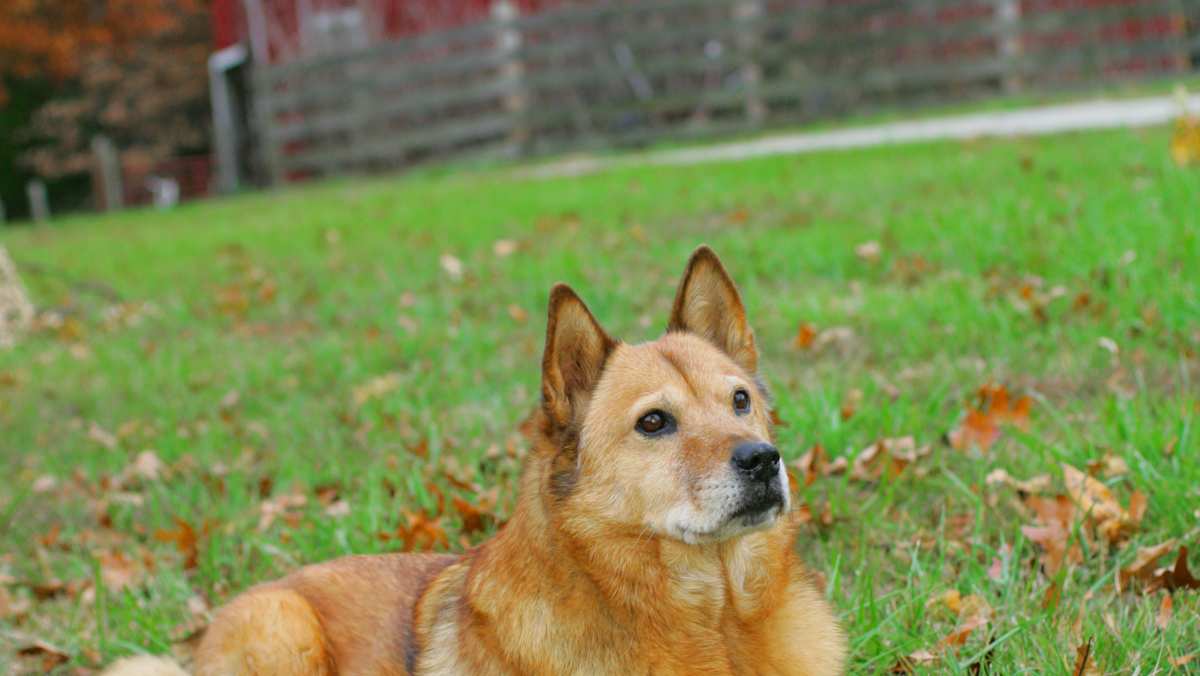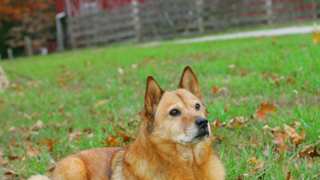Chuskies, as hybrid dogs, have personalities that are hard to predict and can differ quite a bit from one puppy to the next-- even if from the same litter. Overall, the Chusky temperament is summed up as loyal, protective, affectionate and energetic. They are not recommended for first time owners or those that don't have the time to exercise or train them.
A Chow Husky mix will do well in a house with older, active kids. He may be a bit too big and a lot too energetic to safely play with small children. A well trained Chusky can be friendly with strangers but will always prefer their owner. A poorly trained individual may be overly excitable, or worse, overly protective and aggressive. This also means that, aside from already being good watch dogs, they can be trained to perform guard dog duties as well. Aside from this, they aren't frequent, unnecessary barkers. This breed is more suited to a single pet household but, with early socialization, may do ok with other pets.
As loyal, loving dogs, they need to spend time every day with their owner or family. Ideally, they would be part of an active household that enjoys being outdoors. Be careful in very hot climates, however, as they don't tolerate heat very well. They are able to live outdoors in appropriate temperatures (in a fenced area) but if not allowed to spend time with the owner/family, they will develop separation anxiety and destructive behavior.
Training is said to be difficult for a first time owner. This is a lot of dog and quite a bit of energy to reign in if they haven't been properly trained. Consistency and firmness (not harshness) is necessary for them and treats and praise will ease the experience. If you don't have the patience or time to train one, either choose another breed or take them to a professional. Aggressive behaviors towards strangers and other dogs can be corrected if trained as a puppy, along with over excitability and jumping on guests.

